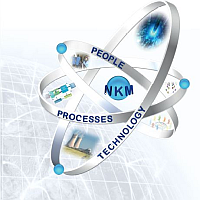Speaker
Mr
Shahid Mallick
(IAEA)
Description
Knowledge Management (KM) has been identified by a number of IAEA documents as one of the key factors that can contribute to the safe and efficient operation of nuclear facilities in Member States. The IAEA Strategic Approaches to Education and Training in Nuclear and Radiation, Transport and Waste Safety identify and underline KM as an important line of action for effective national and organizational strategies in Education and Training. The Capacity Building “umbrella concept”, developed within the Action Plan in Nuclear Safety, also recognises KM as one of the main four pillars (Education and Training, Human Resource Development, Knowledge Management and Knowledge Networks) of Capacity Building.
Within existing IAEA publications, there is currently no specific practical guidance on how to develop and implement KM programmes for regulators. As such, in 2014, the IAEA Steering Committee on Regulatory Capacity Building and Knowledge Management requested the IAEA to develop a publication providing such practical guidance.
The objective of the publication is to provide practical guidance to Member States on how to plan, establish and maintain an effective safety KM programme for regulators of facilities and activities. The report will identify benefits and uses of KM by regulators and will describe how a regulator could use KM in support of its functions.
This presentation will provide an overview of the Knowledge Management for Safety Regulators document while highlighting the cross-departmental cooperation (i.e. NS and NE) used in its development. Furthermore, this presentation will provide insight into the challenges currently being faced by safety regulators vis-à-vis KM programmes and present potential paths forward with respect to the definition of efficient and effective KM indicators.
| Country or International Organization | IAEA |
|---|
Author
Mr
Shahid Mallick
(IAEA)

